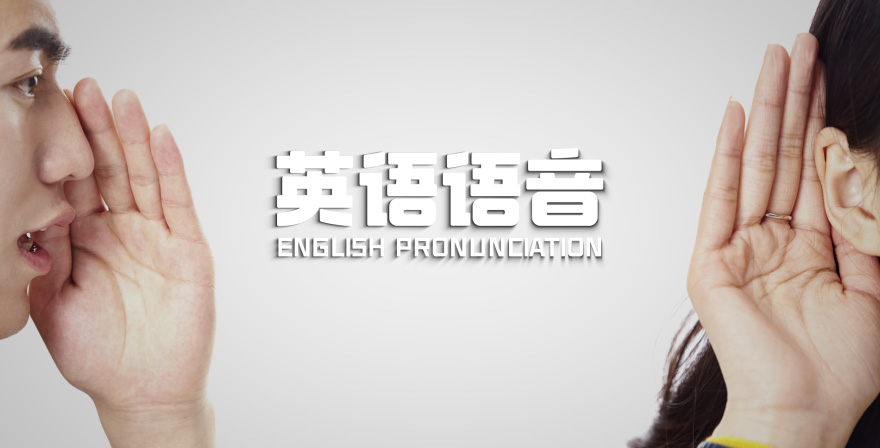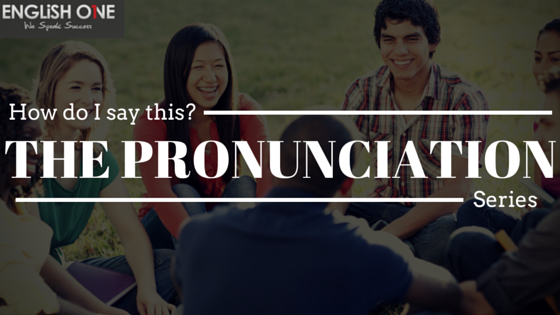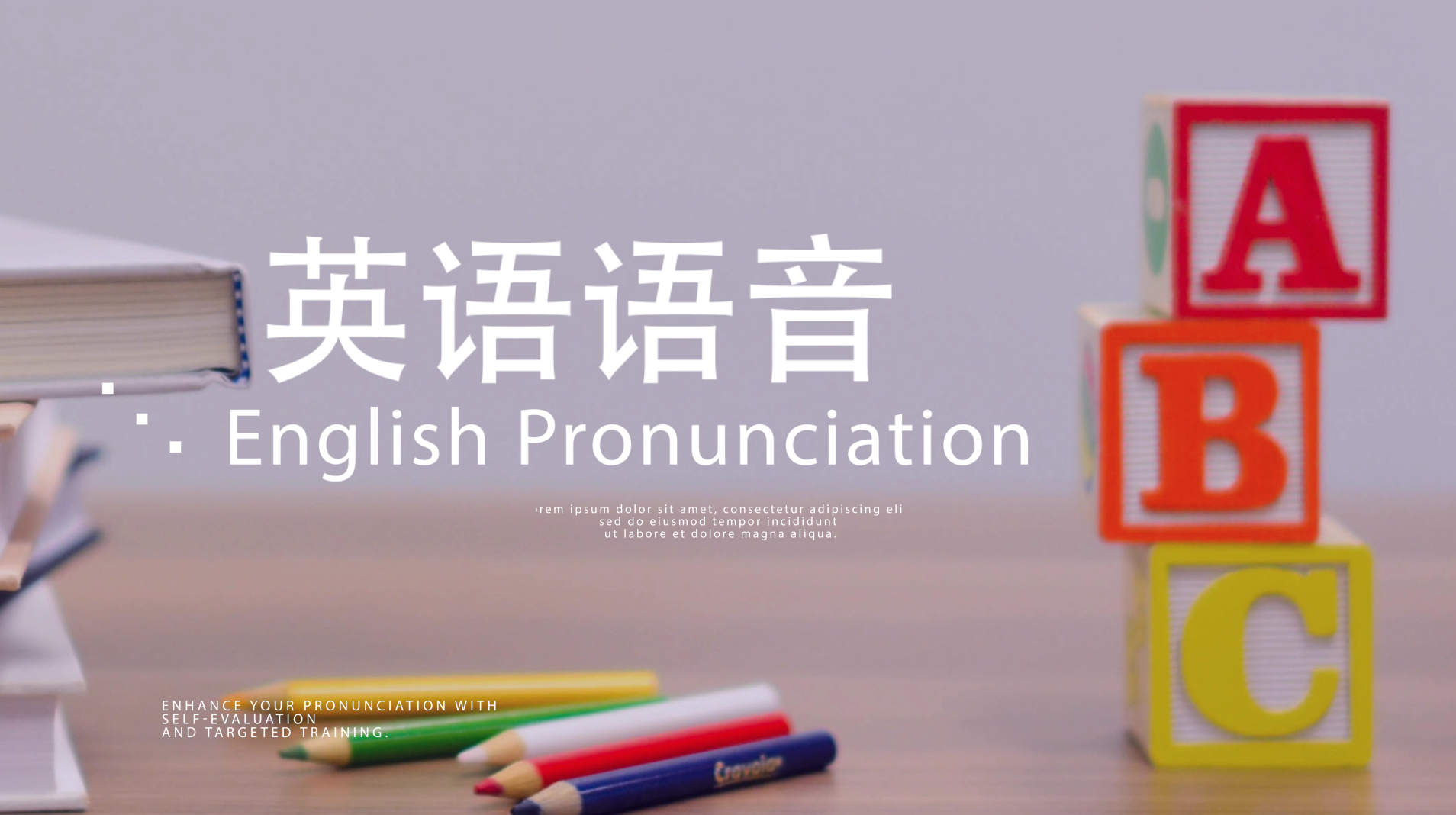- Which of the following pairs of words rhyme?
- In English, which word in a sentence usually receives prominence (focus/sentence stress)?
- Which is not the normal neutral stress pattern?
- /ei/ in "race" is longer than /ei/ in raise.
- English vowels can be voiced or voiceless.
- Sounds in which the tip of the tongue touches the alveolar ridge are called palatal consonants.
- Head in an intonation unit extends from the first stressed syllable up to the nucleus
- Three degrees of stress can be found in English: primary, secondary, and zero.
- Unstressed words are usually function words like articles, pronouns, adverbs, possessives, auxiliary verbs, and conjunctions.
- Plosives are continuants.
- The syllable division of the word “shuffle” should be “shuf-fle”.
- /w/ is devoiced in “question”.
- All of the prefix can’t be stressed, such as submit and telegram.
- Diphthongs are sounds which consist of a movement or glide from one vowel to another.
- Which set of words has linking in connected speech?
- Examples of plosive consonant sounds are _______.
- Consonants are classified according to their states of glottis, too. In other words, consonants can be described as either voiced or voiceless. Which of the following is the odd one out?
- Usually stress falls on words which are ________ important in a sentence.
- There are forty-sixty ________ in English.
- Choose the best description for the vowel sound in the American pronunciation of the word "teeth".
- What is the difference between /ʃ / and /tʃ/?
- Find the Word whose underlined part is pronounced differently from the others.
- Which is the normal neutral stress pattern?
- Which words are linked?
- /au/, / ei /, / iə /, /æ/, /eə/ are all considered to be diphthongs.
- Many function words in English have two pronunciations: a strong form (or stressed form) and a weak form (or reduced form, unstressed form).
- /ə/ is the most frequently used vowel in the unstressed form and next comes / i /.
- The 5-way-description of vowels entails the following aspects.1.voicing2.height3.frontness4.rounding5.tenseness.
- Linking occurs mostly when words ending with a vowel or consonant sound are followed by words that begin with a vowel sound.
- A phoneme may have several allophones.
- _______ refers to the type of constriction the organ and place of articulation produce for the realization of a particular consonant.
- Read the sentences aloud. Which has a pair of words that link?
- You'll get it right.What is the function of the sentence above?
- Say each word pair to yourself. Which pair links?
- Which word has the same consonant clusters with “bread”?
- The phenomenon of joining words together is called ________.
- Affricate consonant sounds occur when _______.
- How many phonemes are there is the word "dangerou"?
- Which of these words has the same vowel sound in both its syllables?
- In which pair of words does a consonant sound at the end of one word link with a vowel sound at the start of the next word?
- How is a stressed syllable different from an unstressed syllable?
- In which words "ed" are pronounced /t/?
- In which words the letter g is silent?
- What is the phonetic features of /i:/
- Which are front vowels in English?
- 8. According to the place of articulation, the sound[ θ ]and [ ð ] are inter-dental.
- Long vowels are longer when it is in the final position.
- The 3-way-description of consonants includes chronologically the following aspects: 1.voicing 2. place of articulation 3. manner of articulation
- Linking is such a common phenomena that if you pronounce each English word separately when you speak,without linking, English speakers may not understand you.
- All languages have intonation, but they don’t all have the same kind of intonation.
- All front vowels are unrounded.
- Affricates begin as fricatives and end as plosives.
- Some nouns and verbs are spelled alike but are pronounced differently. For instance, “permit” in “a permit /pə'mit/ ” and “I am permitted /'pəmit/”.
- "Correct," "contain" and "common" have stress on the 2nd syllable.
- Zero stress refers to a stressed syllable receives no loudness at all.
- The tonic stress often falls one the nucleus.
- When speaking, we can often link a word with another word that is directly before or after it
- The different between /p/ and /t/ is ________.
- Which of the followings contains a labiodental consonant?
- Choose the right word for this diphthong: /aɪ/.
- When do we use rising intonation?
- In speaking, which two words are linked by inserting a /w/ sound between them?
- Which of the following is a voiced consonant?
- Which word has two voiced consonants?
- What is a diphthong?
- The word 'thin' begins with a ______ sound.
- _______ refers to "A sound segment is influenced by a preceding sound".
- The word "changing" is an example of _______sound.
- It shouldn't look like that, should it?Match the sentence above with the correct intonation patterns?
- Which word has the same vowel as the word “ten”?
- Which of the following consonants are fricatives?
- Consonants are described in terms of _____.
- Identify the words that belong to a group:
- Which are NOT usually stressed?
- Which words are sounded /u:/ ?
- Which of the underlined letters is produced the same with each other?
- Which of these words have a long vowel sound?
- Vowels are described in terms of ______.
- Which of the following words is wrongly stressed?
- Which of the following words have the /ʌ/ sound?
- Vowels are nasalised when they are followed by nasals.
- Rhythm in English speech is based on stress.
- Intonation can be used to remove ambiguity of English sentences. This is the grammatical function of intonation.
- The change of /s/ sound in the word “gooseberry” belongs to progressive assimilation.
- Sometimes we can also stress structure words in order to correct wrong information.
- The mouth should be more open for / i: /than for/ ɪ /.
- In English sound system some consonant phonemes are voiced or voiceless, but all the vowel phonemes are voiced.
- Most of the common words have stress on the 2nd syllable.
- The letter combination “ou” is pronounced differently in each of the following words: thought,through,though,house,could,cough,tough.
- When speaking English, we try to create a rhythm in which the time between stressed words is the same.
- When words begin with "be," "de" or "re" and the syllable is not stressed, the "e" sound is always reduced.
- Information words are usually nouns, verbs, adjectives, and adverbs. They give information about who, what, when, where, why, and how.
- Since diphthongs are composed of two vowel elements, they are treated as two syllables.
- The soft palate is raised in all consonants except nasals.
- A syllable is a unit of speech sounds consists of a vowel or a vowel with one or more than one consonant. A word has as many syllables as there are vowels in it.
- The falling-rising intonation is said to be more often associated with uncertainty or questioning.
- The phrase “next year” in quick colloquial speech is pronounced as /’nekst/. This phenomenon is known as contextual elision.
- The underlined sound in ‘singer' is a nasal.
- Auxiliary verbs are usually unstressed in a sentence.
- “He isn't flying to Paris tomorrow. His brother is.”Which sentence convey meaning stated above?
- To pronounce /f/ and /v/, the active articulator and passive articulator are the upper teeth and the lower lip respectively. These two consonants are described as labio-dental. On the contrary, the tongue tip and the upper teeth serve as the active articulator and the passive articulator when you pronounce the letter "th" in "think" and "father". What is the place of articulation for these two consonants?
- What is the correct diphthong for the word chair?
- Which word is stressed on the third syllable?
- Choose the best description for the first sound in the American pronunciation of the word "teeth".
- The sound of the word "_______" is interdental.
- What is intonation?
- There are three consonants that are pronounced by using both lips, hence the name bilabial. Which of the following is NOT one of them?
- The vowels which the tongue moves towards are called ________.
- In the sentence "Thanksgiving is always on the fourth Thursday of November" how many voiceless interdental fricative sounds are pronounced?
- The explosion of /t/ and /d/ are known as _______.
- Which word has the same consonant clusters with “wings”?
- Which word begins with a consonant sound even though the first written letter is a vowel?
- How many phonemes are in the word Squirrel?
- A word with this consonant sound /tʃ/ is ________.
- Example of fricative consonant sounds are _______.
- The sounds of “ch”in the words below are all affricates, except _______.
- In the word “curtain”, “cool”, “cause” and “sky”, the pronunciation of the letter “c” and “k” are said to be ________.
- Which sentencew has the same stress pattern as "aBANdon"
- The place of articulation of the consonant sounds /f/ and /v/ are
- A nucleus is the first fully stressed syllable in an intonation unit.
- Choose the standard intonation for the following sentences: 1. Can you try it out?2. When will you be ready?3. Come to the blackboard.4. Did he see his friend?
- A special question with falling intonation asks for information, while a special question with rising intonation usually signals more interest on the part of the speaker.
- The focusing function of intonation is to show what information in an utterance is new and what is already know.
- Which type of intonation is not the typical types of English intonation?
- Which part carries maximal prominence in an intonation unit?
- The nucleus of the following sentence "I am WRIting a LETter to him." is .
- What is the purpose of the speaker by saying “could you give me the \book”?
- In the sentence “The man works very hard, /doesn’t he?”, the speaker is sure that the man works very hard, and expects you to agree.
- The sentence “I have to buy bananas, apples, lemons and pears” should be spoken in rising intonation.
- Squeezing letters is the phenomenon of ( )
- When /n/ is followed by /p/, /b/ or /m/, it becomes /ŋ/.
- Squeezing words is the phenomenon of ( )
- Progressive assimilation refers to the sounds assimilated are affected by the pronunciation of the preceding sounds.
- In the phrase “give me” which sound can be elided?( )
- Gifts is initial consonant cluster. ( )
- Consonant clusters has_________.
- It is a cluster of consonants. It could be two or three consonants.( )
- She sells seashells by the seashore. is ( ) in English.
- Pronunciation is really about( ).
- Which words are usually stressed in the following sentence: Twenty is enough?
- The notion of rhythm comes from the unstressed syllables. Word and sentence stress combine to create the rhythm of an English utterance.
- Which of the following words have their stress on the second syllable?
- Which words are usually stressed in the following sentence: Who was that on the phone?
- Primary stress is often conveyed by changes in length, loudness, and pitch.
- Which words are usually stressed in the following sentence: The book that I have just read is hers?
- A rhythm group contains more than one stressed syllable, together with unstressed syllables clustering about it or none.
- Secondary stress is more prominent than primary stress.
- Which words are usually stressed in the following sentence: I am reading a very interesting novel?
- A syllable contains one and only one consonant.
- English consonants can be classified in three ways, they are ( ).
- When pronouncing [ts], the tongue first sticks to the gums, blocks the airflow, and then raises.
- [k] and [g] are pronounced by blocking the breath-stream with the back of the tongue and soft palate, building up the pressure, and suddenly releasing it.
- The consonants [f],[v],[t] ,[d] are fricatives.
- There is no difference between English consonant /l/ and Chinese consonant /l/.
- Which word does not contain the sound /m/?
- Which of the following phonemes are approximant?
- In which word the letter b is not silent?
- According to the features of consonants, [s] can be described as ( ).
- An affricate is a combination of a plosive and a ( ).
- All the speech sounds in the language can be classified into 4 groups: vowels, monophthongs, diphthongs and consonants.
- Schwa is a reduced vowel in stressed syllables, especially if syllabic consonants are not used.
- The distinction between primary and secondary cardinal vowels is based on the _______ position.
- In terms of syllable structure, vowels form the nucleus of the syllable. The consonants, on the other hand, occupy the onset or coda position.
- Closing diphthongs end with a glide toward _______ or _______ .
- All consonants are voiced, while vowels can be voiced or voiceless.
- There are five vowels in the alphabets, which represent all vowel sounds in English language.
- The description of vowels relates to ________________ .
- According to the distinctive feature theory, /ɔ/ and /a:/ differ from each other by __________ .
- When a diphthong is pronounced, the first vowel sound is shorter, lower and weaker than the second one.
- GA speakers use a great deal of weak forms to pronounce the unstressed syllables, while RP speakers tend to pronounce both stressed and unstressed syllables very clearly.
- The vocal tract is formed by ________________ .
- Because British people tend to pronounce post-vocalic r sound, RP is rhotic.
- A language consists of three important elements, namely _________________ .
- If phonetics deals with the physical reality of speech sounds, then phonology, on the other hand, is primarily concerned with how we interpret and systematize sounds.
- The field of phonetics is traditionally divided into three subdisciplines: ____________________ phonetics.
- When we pronounce vowels and voiced consonants the vocal cords are kept apart and do not vibrate.
- The back rounded /ɔ/ is heard in British English in word such as not. In GA, this vowel sound is replaced with /a:/ .
- We should learn how to use the movable articulators such as _______________ all of which are very active in the active in the articulation of speech sounds.
- Suprasegment features are features of speech which generally apply to groups of segments, or phonemes.
答案:air, flare###men, again
答案:A word that tells new information, not old information.###A word that the speaker wants to emphasize.###A word that is in contrast with another word.###The last content word in the sentence.
答案:IF you can,CALL ME in the morning.###If you can, call ME in the MORNING.###If YOU can,call me in the Morning.
答案:错
答案:错
答案:错
答案:对
答案:对
答案:错
答案:错
答案:对
温馨提示支付 ¥5.00 元后可查看付费内容,请先翻页预览!



